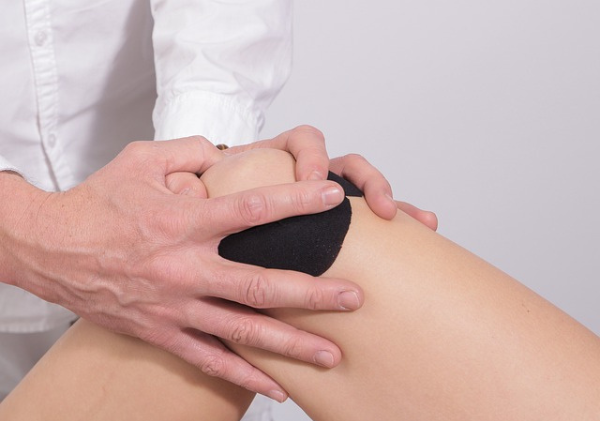
The knee is like the middle child, taking the fall for the older or younger child. This means that knee issues often originate from somewhere above, like the hip or back, or below, like the foot or ankle.
The knee joint is made up of the femur, tibia, and fibula. The ligaments on either side of the knee and in between the joint are vulnerable to stresses and strain when there isn’t sufficient strength or mobility from above or below, leading to degeneration of the bones and/or the soft tissues within the joint — cartilage, menisci, or ligaments.
Chondromalacia, patellofemoral syndrome, runners knee or simply kneecap pain, is the most common cause of knee pain for people of all ages. Symptoms of kneecap pain are knee pain when going up/down stairs, sitting down, standing up after sitting a while, and squatting. People with knee arthritis will have similar complaints.
Kneecap pain happens when the patella (kneecap) glides over the femur in an abnormal pattern due to muscle imbalances while bending your knee. The underside of the patella has cartilage that gets irritated or inflamed from the abnormal gliding pattern. For example when sitting down your knee tends to dive in which indicates hip weakness and overuse of the quads. The correction is to learn how to use your glutes and keep your knee in good alignment when sitting down.
How does physical therapy help knee pain?
Strengthening: Your physical therapist will give you exercises to strengthen all the muscles surrounding the knee as well exercises for the areas above and below the knee including your core, glutes, ankles and feet.
Mobility: Your physical therapist will give you exercises to improve movement of all the joints above and below the knee in order to take stress off of your knee. For example, if you do not have enough mobility in your ankles, back or hips when you are turning — your knee will suffer.
Neuromuscular reeducation: Your physical therapist will give you exercises to promote your body to work together in a coordinated manner and thus “reeducating” your movement patterns as to not stress the knee.
Education: Your physical therapist will teach you how to move throughout your day so as not to stress your knees. In other words, they’ll show you the proper way to move throughout your day including: going from sitting to standing, going up and down stairs, moving in bed, and walking. Your therapist will also analyze any sporting activities you participate in, such as running or golfing, to ensure proper form.
How do you relieve knee pain fast?
- Ice
- KT tape
- Mindful sit to stand
- Mindful walking
- Mindful stairs
- Get up and move every hour
Simple exercises for knee pain.
- Stand on one leg throughout the day
- Bridging – lie on your back, bend your knees, put a band around thighs and pull out slightly, lifting your hips up and down
- Squats
- Sidestepping – walk sideways around the house
- Hip mobility
Want to avoid knee pain? Be mindful of your movement through the day and make sure you do strengthening and mobility exercises.
Still need help? Give us a call or contact us through our website.






I had brain stock since 2014 my entire left side is effectively so present my left knee is getting pain during walking going upstairs and down can this help